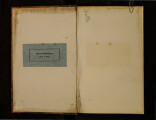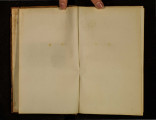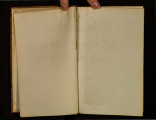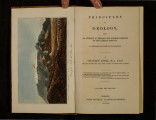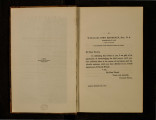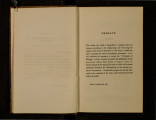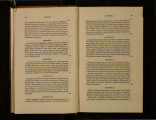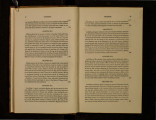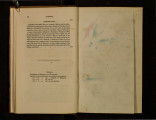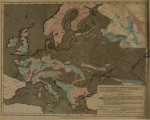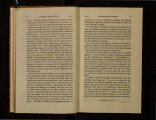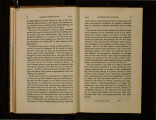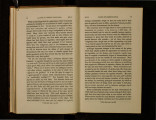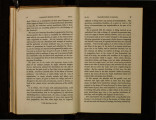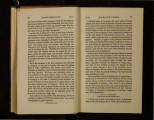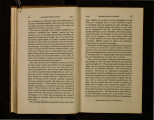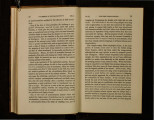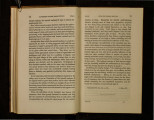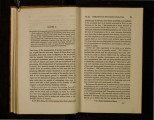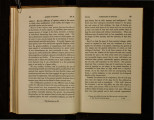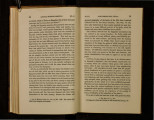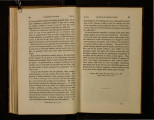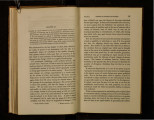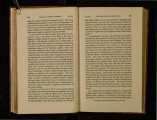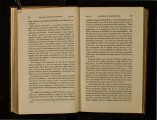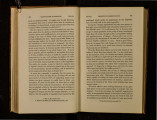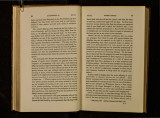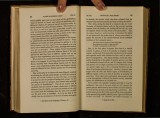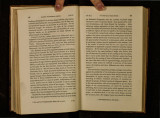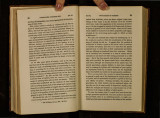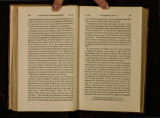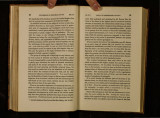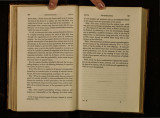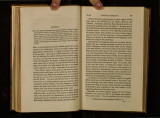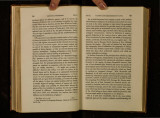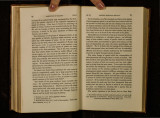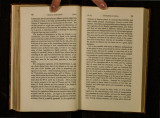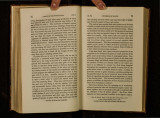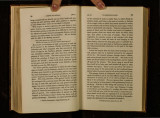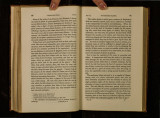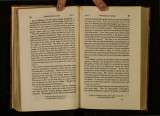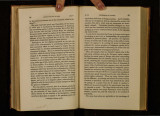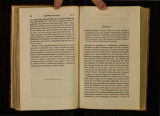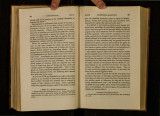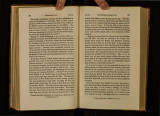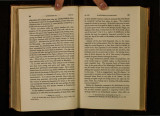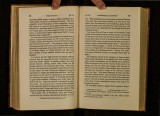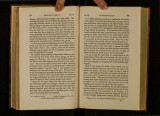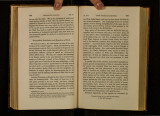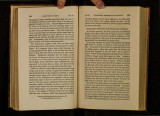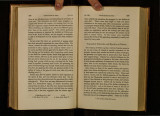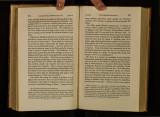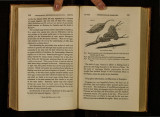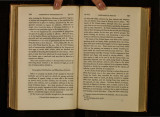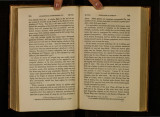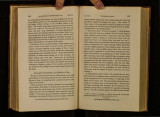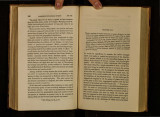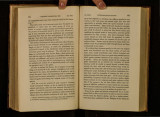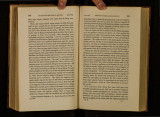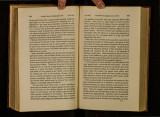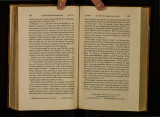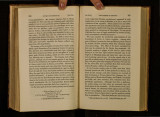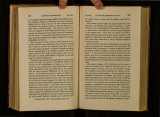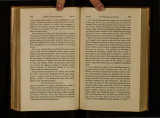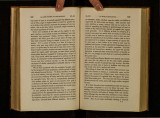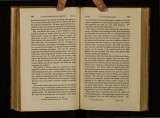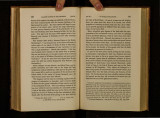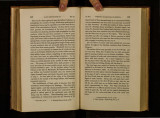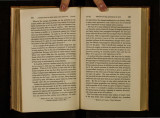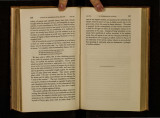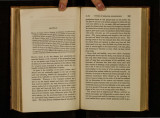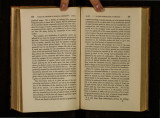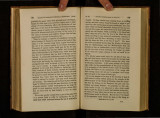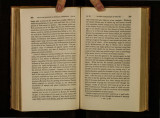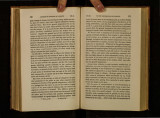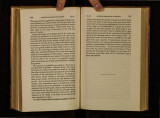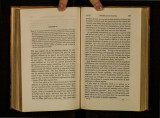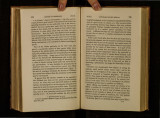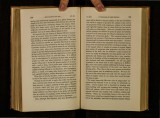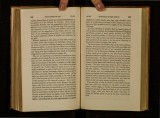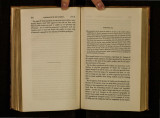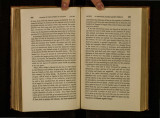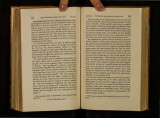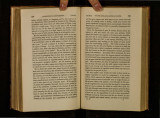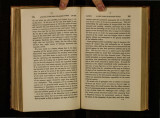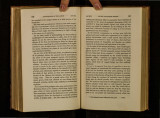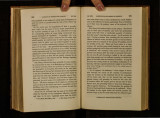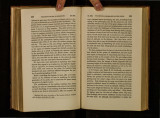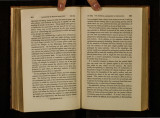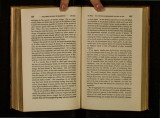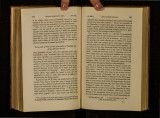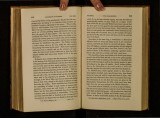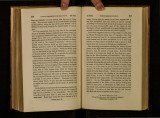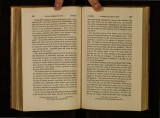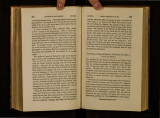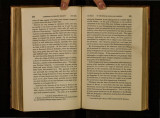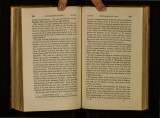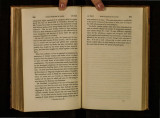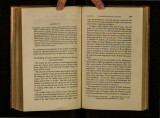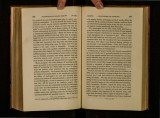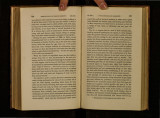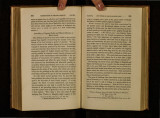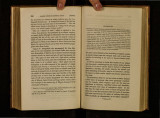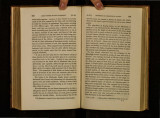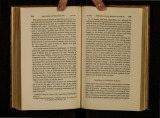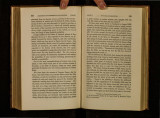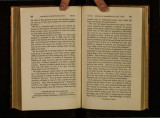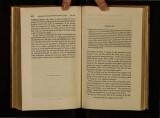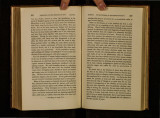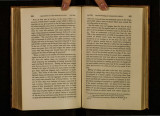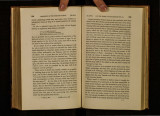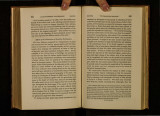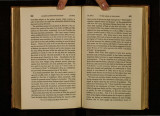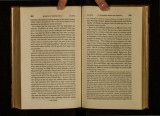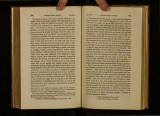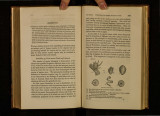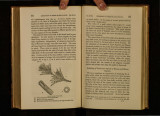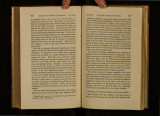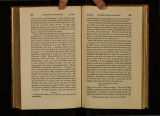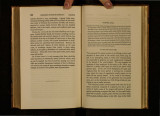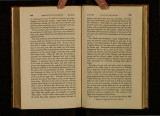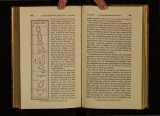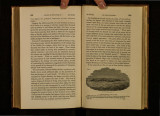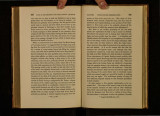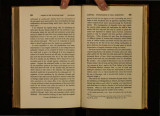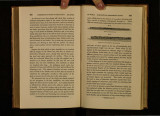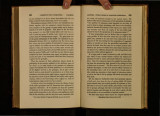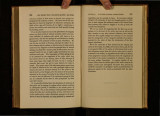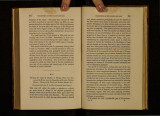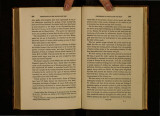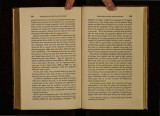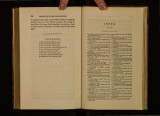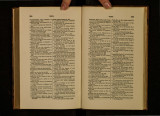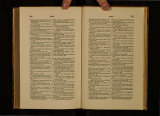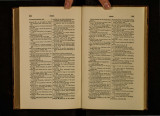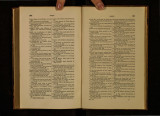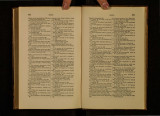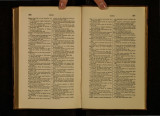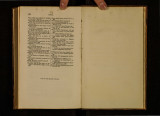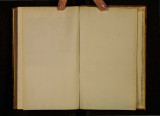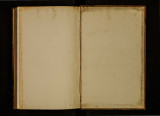| OCR Text |
Show ~14 . FORESTS CONVERTED INTO PEAT•BOGS. [Ch. XIII, bogs are evidently not more ancient th~n the age of Julius Cresar. Nor can any vestiges of the anCient forests described by that general, along the line of the. gt·cat Roman way ~n Britain, be discovered, except in the rumed trunks of trees m peat. . .. De Luc ascertained that the very s1te of the abongmal forests of Hircinia, Semana, Ardennes, and several others, are now occupied by mosses and fens ; and a great part of these changes have, with much probability, been attributed to the strict orders given by Severus, and other emperors, to destroy all the wood in the conquered provinces. Several of the British forests, however, which are now mosses, were cut at different periods by order of the English parliament, because they harboured wolves or outlaws. Thus the Welsh woods were cut and burnt in the reign of Edward I.; as were many of those in Ireland by Henry II., to prevent the natives from harbouring in them and harassing his troops. It is curious to reflect, that considerable tracts have by these accidents been permanently sterilized, and that during a period when civilization has been making great progress, large areas in Europe have, by human agency, been rendered less capable of administering to the wants of man. Rennie observes with truth, that in those regions alone which the Roman eagle never reached-in the remote circles of the German empire, in Poland and Prussia, and still more in Norway, Sweden, and the vast empire of Russia-can we see what Europe was be~ore it yielded to the power of Rome #f. Desolation .now re1gns where stately forests of pine and oak once flour1shed, su.ch as might now have supplied all the navies of Europe w1th timber. At the bottom of peat mosses there is sometimes found a cake, or ''pan," as it is termed, of oxide of iron, and the frequenc~ of bog iron-ore is familiar to the mineralogist .. The oak whJCh is so often found dyed black in peat, owes 1ts colour to the same metal. From what source the iron is derived is by no * Essays, &c., p. 7 4. Ch. XIII.] HUMAN REMAINS IN PEAT. ~15 means obvious, since we cannot in all cases suppose that it has be~n precipitated from the waters of mineral springs. Accordmg to Fourcroy there is iron in all compact wood and it is the cause of one-twelfth part of the weight of' oak. The heaths (Eric<E) which flourish in a sandy, ferru()'inous soil are said to contain more iron than any other vegetable. ' It has been suggested that iron, being soluble in acids, may be diffused through the whole mass of vegetables, when they decay in a bog, and may, by its superior specific gravity, sink to the bottom, and be there precipitated, so as to form bog iron-ore; or where there is a subsoil of sand or gravel, it may cement them into ironstone or ferruginous conglomerate *. One interesting circumstance attending the history of peatmosses is the high state of preservation of animal substances buried in them for periods of many years. In June, 17 47, the body of a woman was found six feet deep, in a peatmoor in the Isle of Axholm, in Lincolnshire. The antique sandals on her feet afforded evidence of her having been buried there for many ages ; yet her nails, hair, and skin, are described as having shown hardly any marks of decay. In a turbary on the estate of the Earl of Moira, in Ireland, a human body was dug up, a foot deep in gravel, covered with eleven feet of moss; the body was completely clothed, and the garments seemed all to be made of hair. Before the use of wool was known in that country, the clothing of the inhabitants was made of hair, so that it would appear that this body had been buried at that early period; yet it was fresh and unimpaired t. In the "Philosophical Transactions, we find an example recorded of the bodies of two persons having been buried in moist peat, in Derbyshire, in 1674, about a yard deep, which were examined twenty-eight years and nine months afterwards ; " the colour of their skin was fair and natural their flesh soft as that of persons newly dead t." ' * Dr. Rennie, Essays, &c., p. 347. t lb. p. 521, where several other instances are referred to. t Phil, Trans., vol, :uxviii., 1734. |



